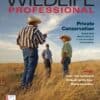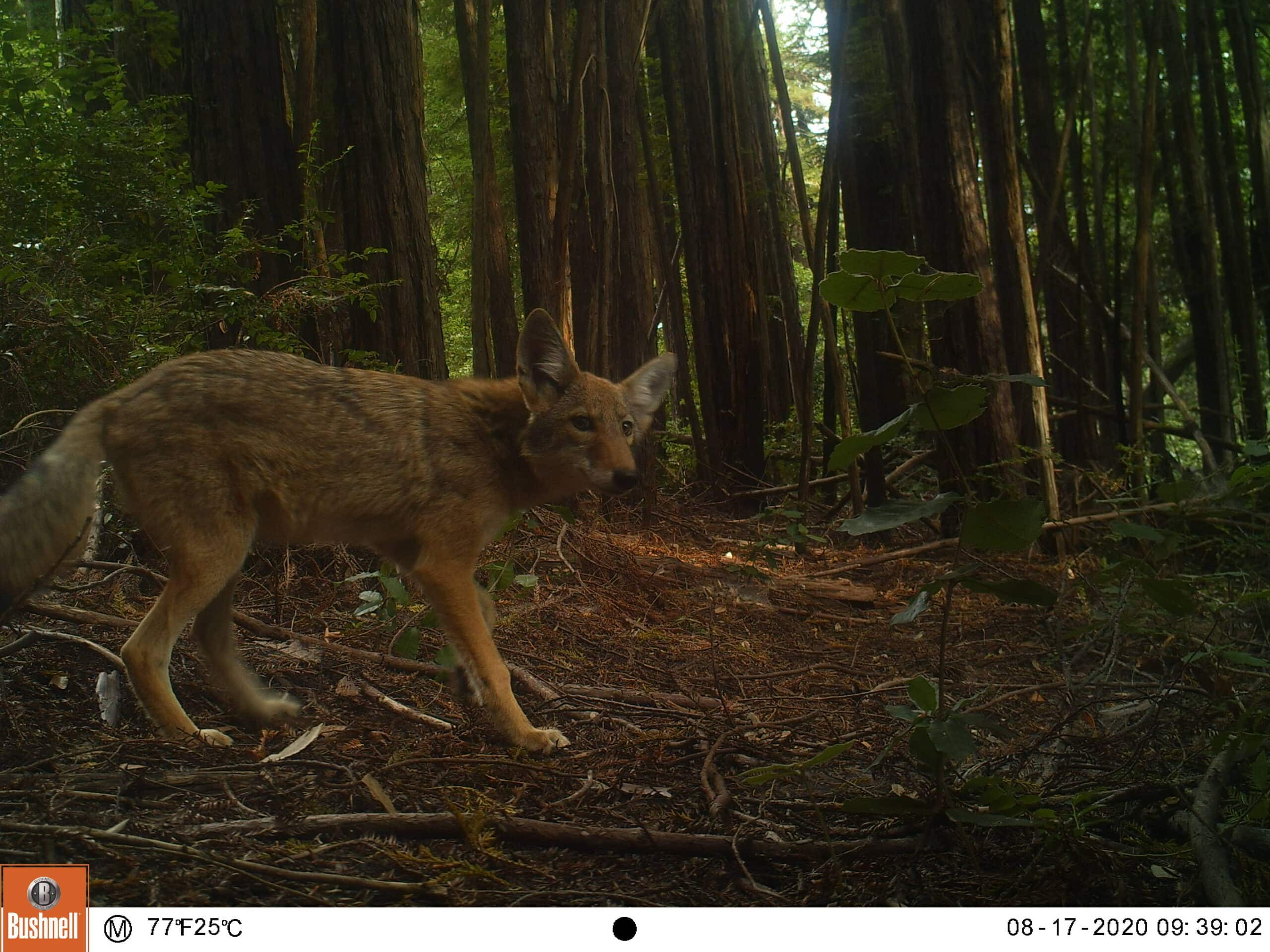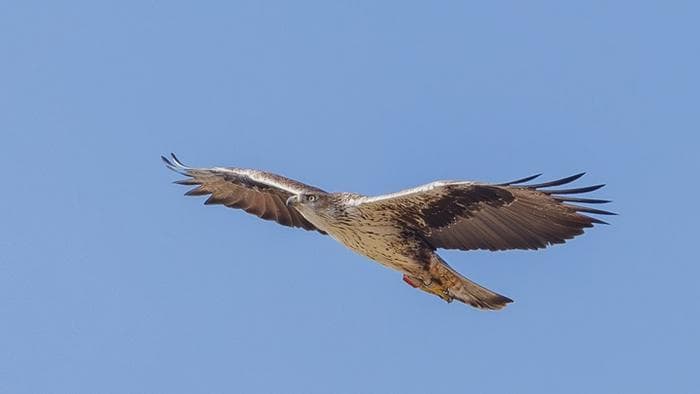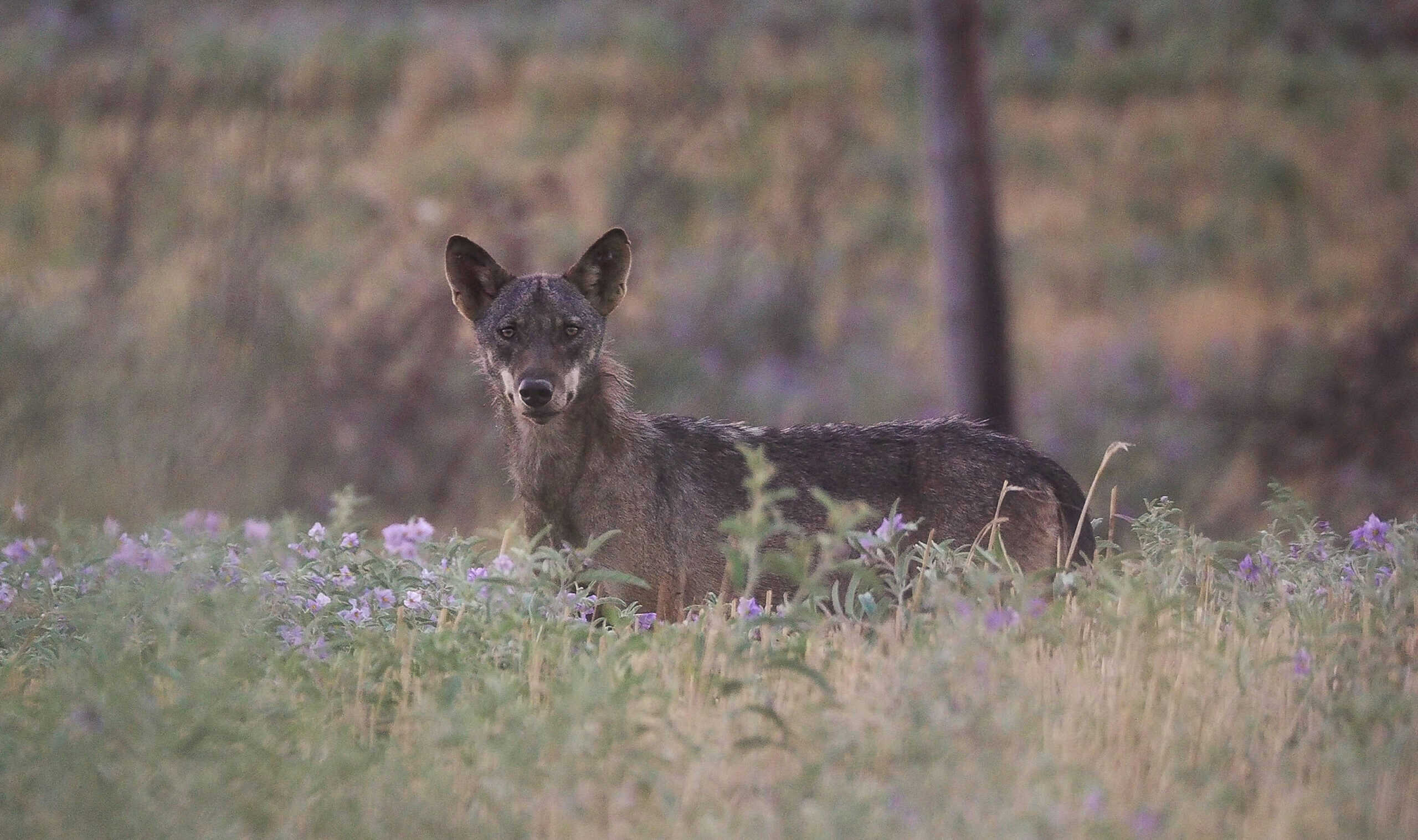Share this article
Wildlife Featured in this article
- Mule deer
- Gray fox
- Black-tailed jackrabbit
- Western gray squirrel
- Brush rabbit
- Coyote
JWM: Busy trails repel California wildlife
Fitness trackers used by runners, bikers and hikers give scientists a new window into wildlife behavior
Social fitness apps are a great way to track trail use in and around cities. But researchers are now using them to determine the wildlife activity that isn’t happening when humans are out recreating.
“[Wildlife] were using trails for travel,” said TWS member Erin Lacour, a restoration project manager at John Heinz National Wldlife Refuge at Tinicum in Philadelphia, Pennsylvania. “But they’re still avoiding people because they’re using them more frequently at nighttime.”
In a recent study published in The Journal of Wildlife Management, lead author Lacour and her colleagues found that several species changed their behavior around high-use trails on Mount Tamalpais in California’s Bay Area. The shift could affect the way that predators and prey interact in these areas.
The new finding adds to a growing body of research revealing how even low-impact human activity might affect wildlife populations in protected areas.
Lacour was a master’s student at San José State University during the coronavirus pandemic when fieldwork was challenging. She began to search for pre-existing datasets and thought of the Marin Wildlife Watch project run by One Tam, a partnership between state, federal and private organizations that works to protect, restore and care for Mount Tam, where she had interned during her studies. However, the trail cameras in One Tam’s project were positioned in a way that they weren’t capturing human activity on the trails, so she needed to look for another method to estimate human activity.

To fill in the blanks, she turned to Strava, a popular social media app where users track and share their running, cycling, hiking and even swimming activities using GPS. Strava makes recreation data available for free to researchers typically studying urban planning and commuting via Strava Metro.
She decided to combine the Strava data with trail camera photos from One Tam from 2016 and 2017 to see how wildlife changed their behavior in response to human presence. “All of these parks are protected against development, but there are still people there doing people things: walking their dogs, riding their bikes, blasting music on speakers,” she said. “I was interested to see if we are still causing disturbances on wildlife in these conserved spaces.”
Lacour compared cameras that were close (within 30 meters) to trails with cameras far away from trails (100 meters to 1 kilometer away). Mule deer (Odocoileus hemionus), gray fox (Urocyon cinereoargentus) and black-tailed jackrabbit (Lepus californicus) were more frequently detected on cameras closer to trails compared to cameras farther away, but in trail areas, many of these species were more active at night.
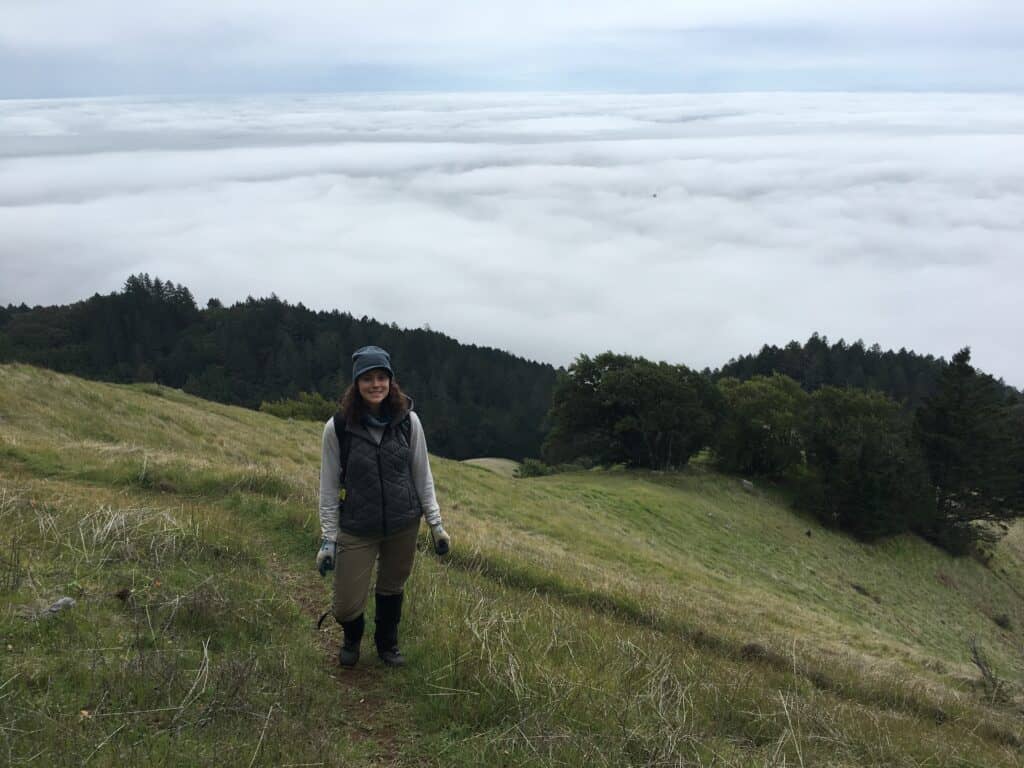
Meanwhile, western gray squirrels (Sciurus griseus), which are considered a sensitive species in California and are endangered in Washington, were detected more frequently at cameras farther from trails.
Wildlife also responded differently to different recreation types. When accounting for both hiking and biking, both mule deer and brush rabbits (Sylvilagus bachmani) were less frequent near trails with high levels of mountain biking.
Lacour’s findings correlate with those of another recent study from Santa Monica National Recreation Area using Strava data. That research found that mountain lions (Puma concolor) changed their activity in response to recreation, becoming more active at night to avoid people.
These types of shifts can change the way that an ecosystem works in a larger sense.
“When you see these temporal shifts, you can get changes in predator-prey dynamics,” Lacour said. In other words, if a prey species becomes more active at night to avoid humans, it may overlap more with potential predator species—or vice versa.
While Lacour doesn’t know how many visitors to Mount Tam use Strava to track their outdoor activity, other studies have shown the app accurately estimates average daily trends in recreation. She said this is still a fairly novel and untapped data source for wildlife studies and thinks future studies in areas with lots of recreation should use apps like this to better incorporate human use of trails. “My study was a good stepping stone using already existing data,” she said.
Lacour thinks that trails are one important way that people can create connections with nature, but they still need to be managed with safety zones for wildlife in mind. By learning more about the extent of human disturbance in wild places, scientists can direct management actions and create buffer zones between high-use trails and more sensitive species. “When you use data from Strava, you can see which areas have the most disturbance and manage from there.”
This article features research that was published in a TWS peer-reviewed journal. Individual online access to all TWS journal articles is a benefit of membership. Join TWS now to read the latest in wildlife research.
Header Image: A coyote (Canis latrans) in a redwood grove, captured by one of the camera traps. Courtesy of Erin Lacour.

